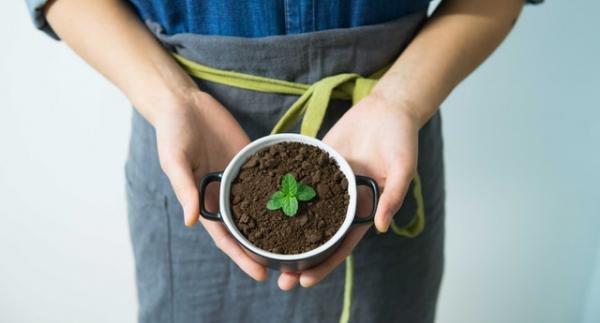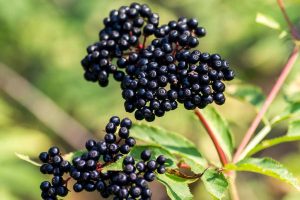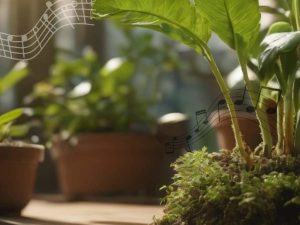
Peppermint or Mentha x piperita, as it is known by its scientific name, is an herbaceous aromatic plant, which is widely used in gastronomy and also in the field of health and medicine. It is a plant from Central Asia and the Mediterranean area, which can be kept at home and cultivated easily, making it possible to use its leaves. The advantage is that you need little specific care. It is cultivated like other medicinal plants or that are used in gastronomy such as rosemary, oregano or oxtail, since they are all from the same family: the lamiaceae or labiatae.
Peppermint plant care
If you want to have it at home, we explain the peppermint plant care. So you always have it available when you need it or use it as an ornamental plant.

Ideal location of the peppermint plant
Peppermint is an outdoor plant. The choice of the perfect site is especially important because it needs some sun but not a direct exposure, especially at times of higher solar radiation.
In this way, we must look for a place that is sunny but with partial shade. It is to say a place with semi-shade. It is the best location for it to grow well, although it is a fairly resistant plant even though, initially and at first sight, it does not look like it.
What temperature is adequate to care for peppermint?
Peppermint plant needs warm temperatures, especially in the summer. However, despite this, it can stand the cold well. In fact, it can survive with temperatures of zero degrees centigrade.
However, these low temperatures only endure them if they are for a few days or not very long periods of time. That is to say, that in a very cold climate it is difficult to live for a long time in perfect conditions and what it really needs is a temperate climate or something hot.
How to water?
The Peppermint plant is a plant that needs to be watered quite often, especially in the summer. In fact, the advisable thing is to water it, between every 5 days approximately in times of heat, being advised that the earth always is humid, that does not mean puddled.
However, one should not overdo it either. It is necessary for the soil to maintain humidity. Peppermint does not support water logging or a high amount of water.
The excess water, in turn, presents a number of problems. And is that, apart from withering and becoming limp, it will facilitate the appearance of diseases, mainly fungi.
In addition to these generalities, you must take special care with watering when cutting some part to be used. In this case, you should always:
- Water a couple of times before cutting it for the first time.
- Watering ten days before returning to make a cutoff leaves.
Characteristics of the earth for peppermint
One of the advantages of peppermint is that it can be planted in practically any type of soil because, in this sense, it is not a very demanding plant. However, it must be borne in mind that the earth does not have to be too dry. Nor are clay soils the most recommended. Whenever possible, it is advisable to opt for lands or calcareous lands.
If the peppermint is in a pot instead of the soil, it is best to have a fertile soil that maintains humidity well and with a pH between 6.5 and 7.5. It is key that in the flowerpot as if it is in the soil. There is good drainage so that the earth is humid, but there is no water logging.
In addition, it is important to fertilize the soil, regardless of whether the peppermint is in soil or in a pot. You always have to put organic fertilizer apart from adding magnesium and manganese.
How to reproduce Peppermint plant
Peppermint can be reproduced in four ways: cuttings, lateral buds, rhizomes and seeds. Each of them has its particularities, so we go in parts:
- Cuttings: In this case, the plantation has to be done only in late winter or early spring.
- Lateral shoots: They are also known as stolons and they have to be planted in spring or early autumn.
- Rhizomes: To plant them, it is necessary to extract fragments of the root of about three centimeters in length during the autumn. The rhizomes are planted directly in the pot, being convenient that they are in a cold and protected place so that they can be transplanted in summer.
- Seeds: This is the most complicated method because they do not always grow well at home. This plantation is made in spring, although they are placed on their final land in the summer.
Regardless of the chosen system, do not forget that you always have to water after having made the plantation. Also, after 10 or 20 days, depending on how the land is, it is convenient to water again.
We hope we have helped you to know more about Peppermint plant care. If you have any questions or problems with this plant, it is always advisable that you consult with an expert of your florist or nursery so that you can have the Peppermint plant in perfect condition.





